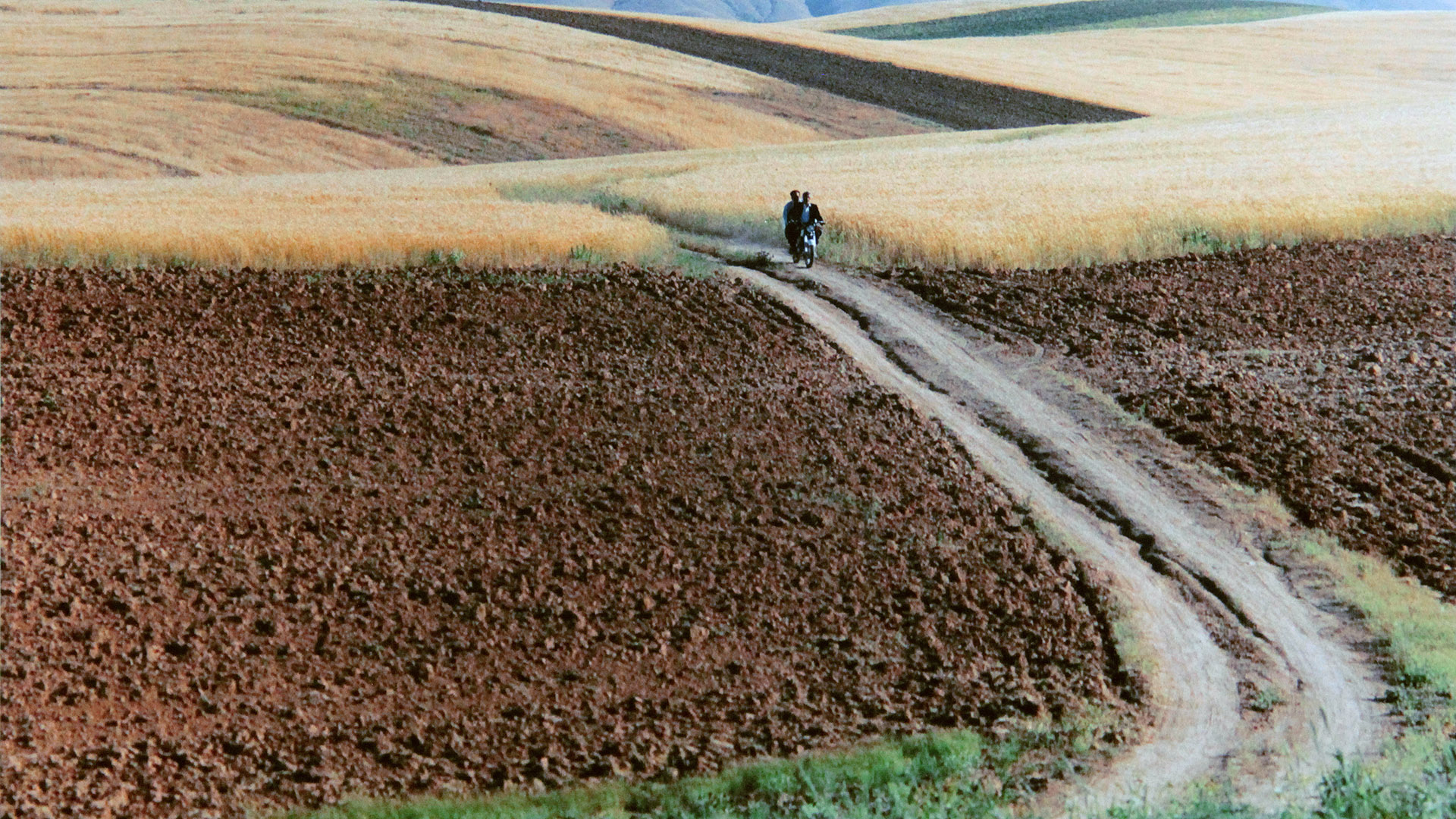Spotlighting the importance of photography in his work, Centre Pompidou in Paris devotes a vast retrospective to Abbas Kiarostami, a major figure in the new wave of Iranian cinema.

You’re getting blind.
Don’t miss the best of visual arts. Subscribe for $9 per month or $108 $90 per year.
Already suscribed ?
Read More: Wim Wenders by Wim Wenders



